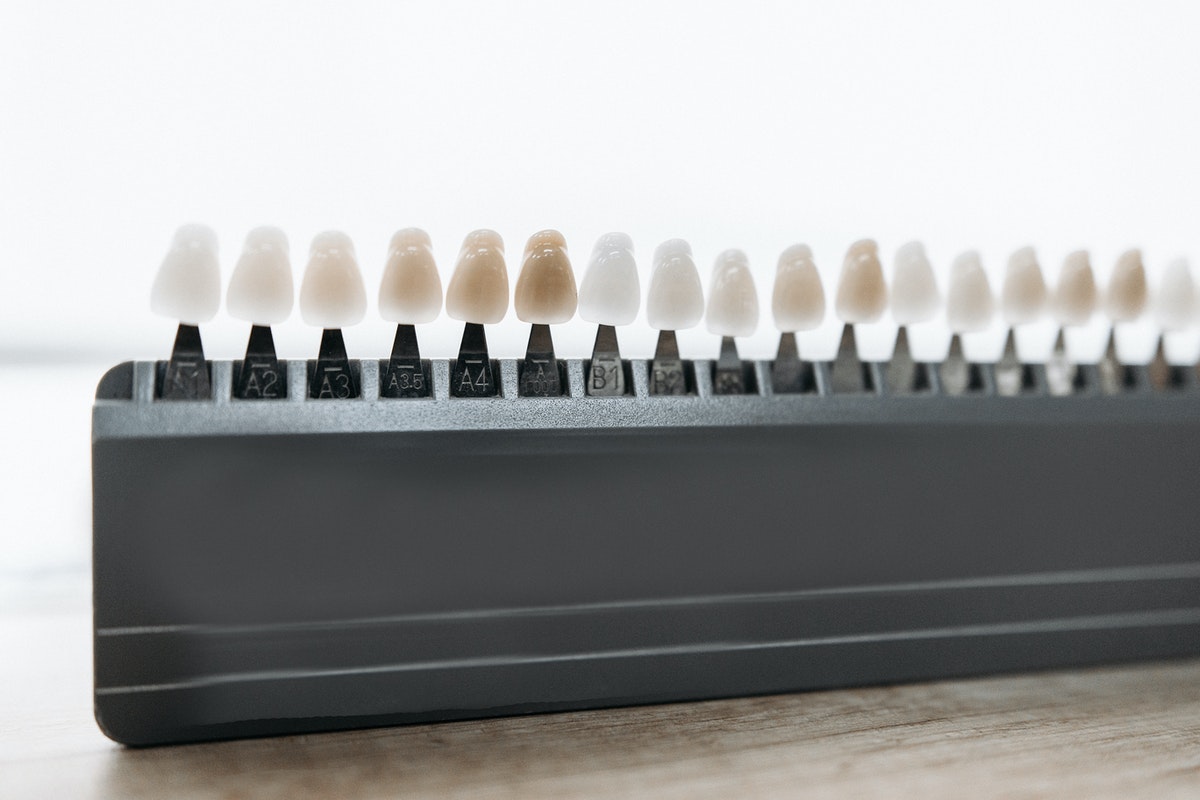Disclaimer: This website provides health information for educational purposes only and is not a substitute for professional medical advice, diagnosis, or treatment. Always seek the guidance of a qualified healthcare provider with any questions you may have.
Dental veneers London and composite bonding are two of the most popular ways to fix teeth. Veneers are traditionally made of porcelain but in-situ resin bondings have started to become the mainstream in many clinics. They are both used to cover teeth that are stained, chipped, crooked or gapped. But which one is better for you?
What are porcelain laminates?
Dental laminates are a type of dental restoration that is used to improve the appearance of teeth. They are thin, porcelain shells that are bonded to the front of teeth. They can be used to correct a variety of dental cosmetic problems, such as discolouration, crooked teeth, and chips or cracks in teeth, and are also an option for people who want to improve the appearance of their smile.
What is composite bonding?
Composite bonding is a type of dental restoration that is used to improve the appearance of teeth. It involves using a tooth-coloured composite resin material to bond to the front of teeth. Composite bonding can be used to correct a variety of dental cosmetic problems, such as discolouration, crooked teeth, and chips or cracks in teeth. Composite bonding is an option for people who want to improve the appearance of their smile at a lower cost.

Which one is better?
The best option for you will depend on your individual needs and goals. Your dentist will be able to help you choose the best option for you. But both are cosmetic and any underlying decay or structural damage needs to be addressed first to maximize the effectiveness and longevity of the aesthetic work.
What are the processes like?
Both dental laminates and composite bonding are similar processes. The teeth are cleaned and the surfaces prepared. The laminates or bonding material is then applied and molded to the teeth. A curing light is used to harden the material, and the laminates or bonding are then trimmed and polished to give a natural-looking finish.
What are the benefits of each?
There are both benefits and drawbacks to dental laminates and composite bonding. The main benefit of dental laminates is that they can last for many years with proper care. They are also less likely to stain than natural teeth. The main drawback of them is that they are more expensive than composite bonding. The main benefit of composite bonding is that it is less time consuming than laminates, as it can be done in one visit to the dentist.
What are the risks?
During preparation for laminates, a small amount of enamel is removed, this can lead to increased sensitivity to hot and cold temperatures. If a large amount is removed, the tooth may become weaker and more susceptible to fracture.
Composite resin adhesives can sometimes fail, leading to staining or discolouration of the tooth. The bond between the composite resin and the tooth can also break down over time.
Are there any alternatives?
If you are not a candidate for dental laminates or composite bonding, there are other options available. Dental crowns, tooth-coloured fillings, and teeth whitening are all alternative options that can be considered.




